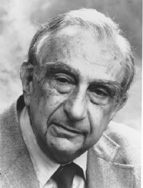Teller


Dr. Edward Teller
Edward Teller was born January 15, 1908 in Budapest, Hungary. In 1926, Teller left Budapest to study chemical engineering in Karlsruhe, Germany. In Karlsruhe, Teller became intrigued by the new theory of quantum mechanics and, following a brief time at the University of Munich, he transferred to the University of Leipzig to study with Werner Heisenberg. Teller received his doctorate in physics in 1930.
After graduation, he took a job as research consultant at the University of Gottingen. Teller might have settled down to a long, productive career in Germany, but, political events intervened. Adolf Hitler came to power in Germany and Teller knew immediately that there was no future for him in Germany. With the help of the tight-knit community of advanced physicists, Teller was able to emigrate to Denmark in 1934. There he joined the Institute for Theoretical Physics, to work with the Niels Bohr. In 1935, Teller and another Bohr's students, George Gamow, enter the United States to work at George Washington University in Washington, DC.
The development of nuclear physics had continued at a slower pace in Hitler's Germany, but by 1939, German scientists had discovered nuclear fission. It appeared to Teller and the other refugee physicists that the most destructive force ever known to man might fall into the hands of Adolf Hitler. Teller's friend Leo Szilard enlisted Albert Einstein to bring this danger to the attention of President Franklin Roosevelt. Roosevelt appealed to the scientific community to mobilize for the defense of freedom. In 1941 Teller joined the top secret Manhattan Project working primarily in Los Alamos, New Mexico. Their mission: to develop the atom bomb before the Germans did.
Teller's contribution to the making of the atomic bomb is well document. Together with Robert Oppenheimer they built and detonated the first atomic bomb in 1945. In 1952, the first hydrogen bomb was successfully detonated on Eniwetok Atoll in the Pacific Ocean. It is for this accomplishment he may well be most remembered. Following the war, he served in various positions focus on civil defense concerns This included the Scientific Advisory Board of the U.S. Air Force, the Advisory Board of the Federal Emergency Management Agency, and the White House Science Council.
Shortly after the U.S. government founded the Atomic Energy Commission, the AEC established the Advisory Committee on Reactor Safeguards and Teller was appointed its first chairman in 1948. Teller championed the idea that the prospects for peaceful nuclear power are best by focusing on safety. Additionally, Teller recognized that nuclear power would need the public's acceptance. With this in mind, Teller adovocated openness in the field of nuclear sciences and revealing knowledge and potential dangers to the public. From 1956-58 he served as a member of AEC's General Advisory Committee.
At the government's request, Ernest Orlando Lawrence and Teller founded the Lawrence Livermore National Laboratory in 1952. The laboratory's primary mission was nuclear weapons research and development; it had additional responsibility to explore nuclear energy for peaceful purposes. From 1958-60, Teller was director of the Lawrence Livermore laboratory. Teller served in various capacities at LLNL and in 1975 was named Director Emeritus of the Lab and was also appointed Senior Research Fellow at the Hoover Institution at Stanford University.
Teller has received numerous honors, among them the Albert Einstein Award, the Enrico Fermi Award, the Harvey Prize from the Technion-Israel Institute, and the National Medal of Science. He is a fellow of the American Physical Society and the American Nuclear Society and is a member of the National Academy of Sciences and the American Academy of Science. His books include Conversations on the Dark Secrets of Physics (Plenum Press, 1991), Better a Shield Than a Sword (Free Press, 1987), Pursuit of Simplicity (Pepperdine Press, 1980), and Energy from Heaven and Earth (W. H. Freeman, 1979).



